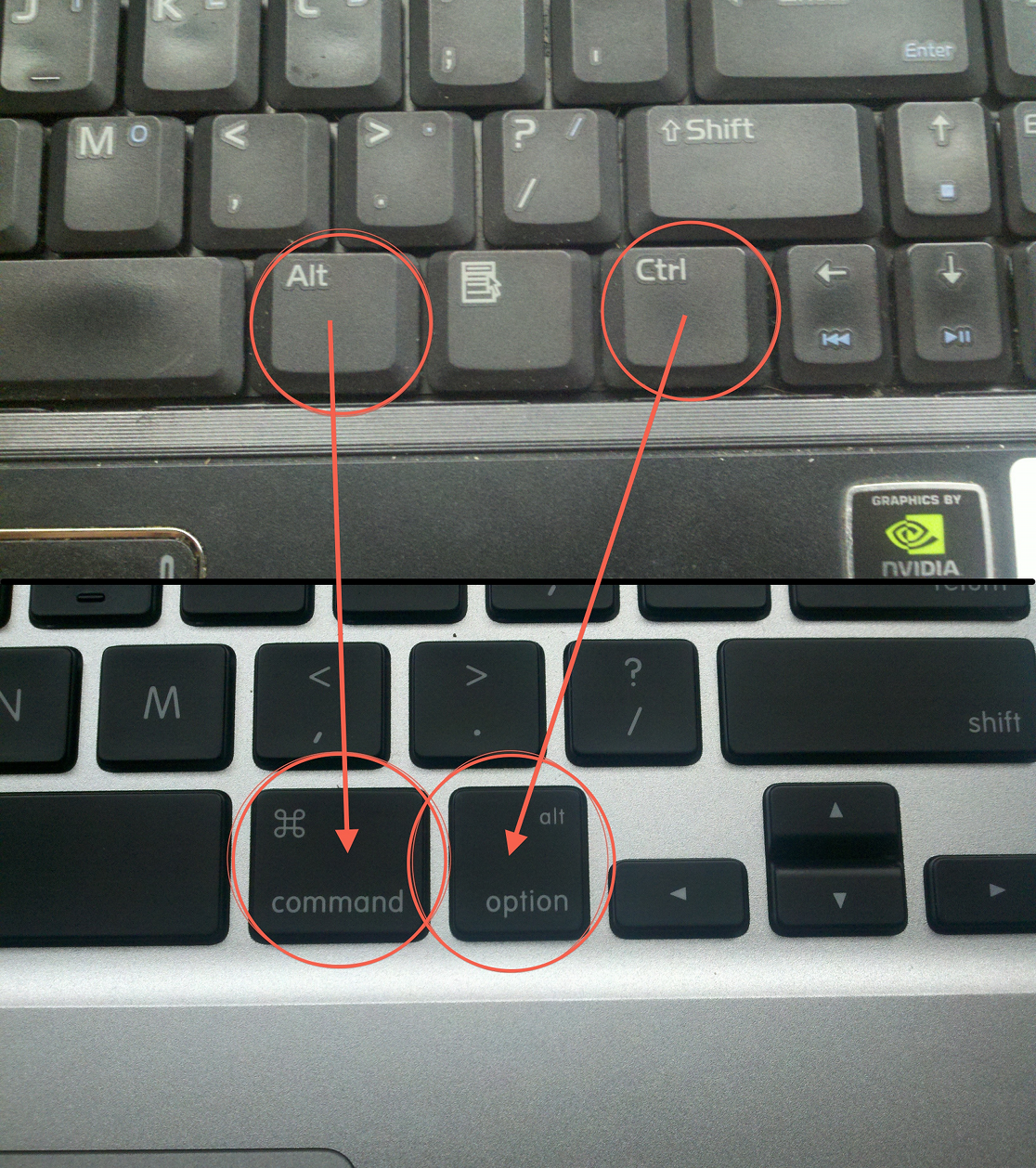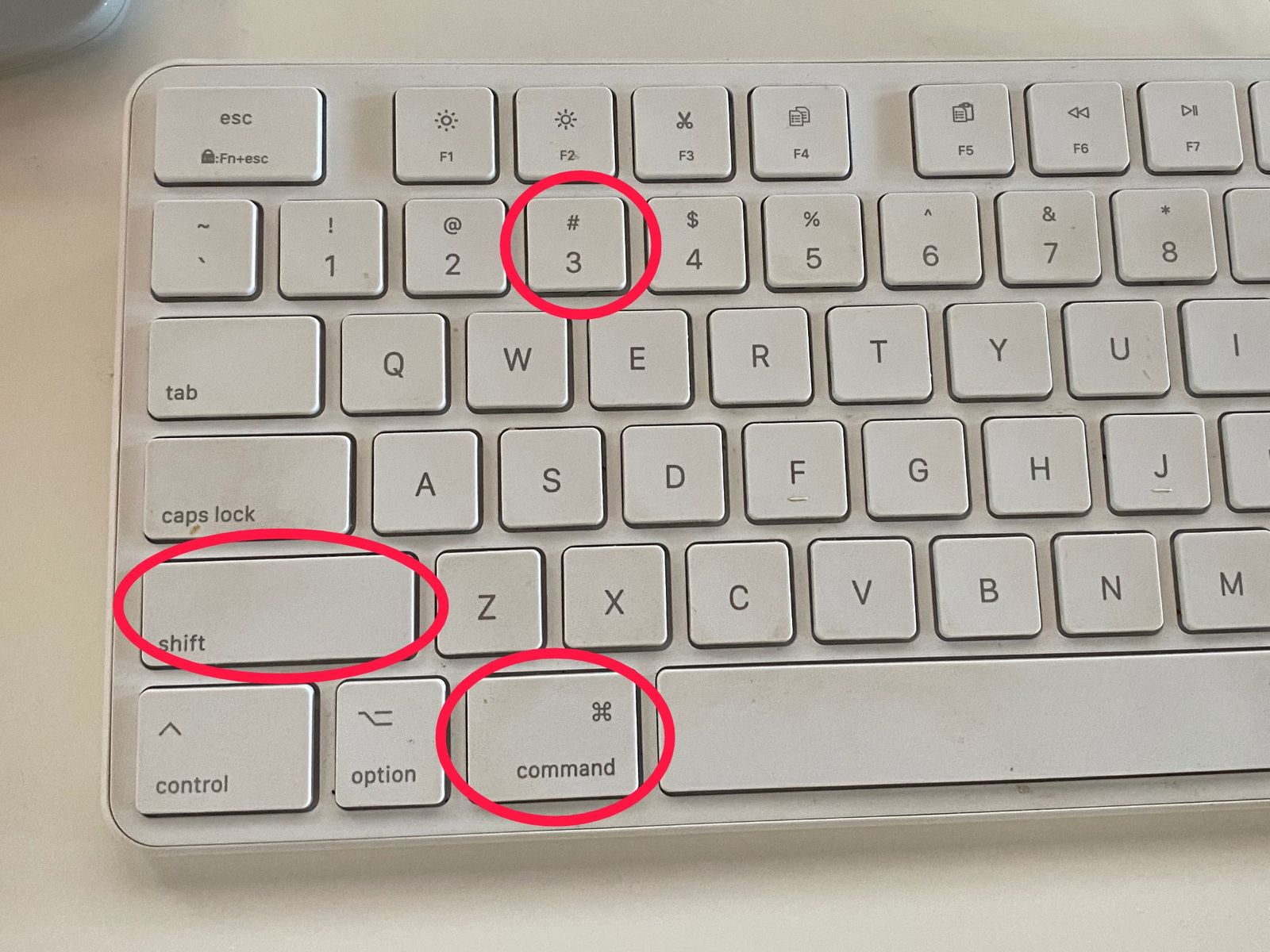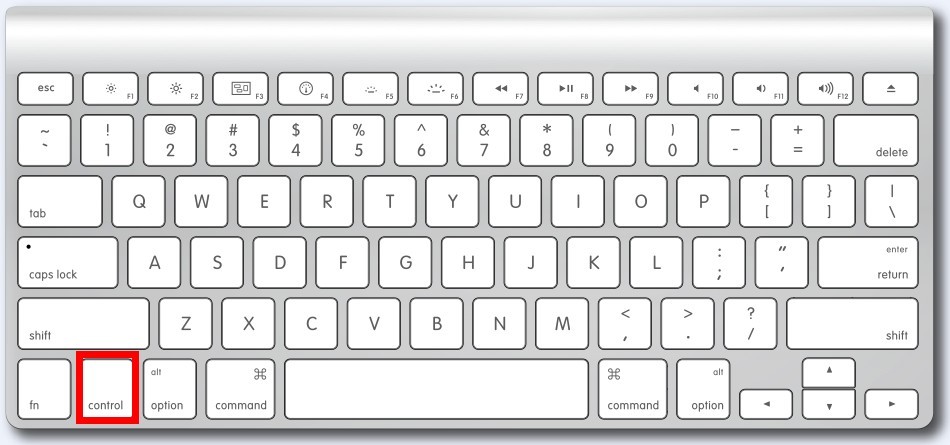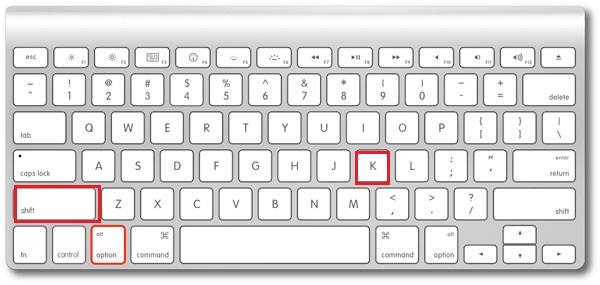

Resize all columns to fit their longest file names (Column View) Resize one column to fit the longest file name (Column View)ĭouble-Click column divider (or the resize widget at the bottom of the column divider, depending on your setup) Select the next icon in Icon and List views Go into selected folder or open the selected file Likewise, expand the drop-down menu next to the Command key and select Control key.Open Sidebar item in a new Tab or Window (depending on Finder Preferences) Step 4: Expand the drop-down menu next to the Control key and select Command.

Step 3: Here, under Keyboard tab, click Modifier Keys button. Step 2: In the System Preferences dialog, click the icon labelled Keyboard to open Keyboard settings. Typing System Preferences in the Spotlight search box is another option to open System preferences. You could also launch System Preferences dialog by clicking the Launchpad icon in the dock and then clicking System Properties icon. Step 1: Open System Preferences by clicking System Preferences icon in the dock. NOTE: After swapping Ctrl and Command keys, the Ctrl key will function as Command key.

If you love the idea of swapping Control and Command keys on a Mac to get Ctrl+C and Ctrl+V in Mac, please follow the given below instructions. After swapping Control and Command keys, you’ll be able to use Ctrl+C, Ctrl+V, Ctrl+T, Ctrl+S and many other keyboard shortcuts. Luckily, there is an option in all recent versions of the macOS operating system to swap Control and Command keys, allowing users to use many Windows OS keyboard shortcuts in Mac as well. Since most PC users are used to Ctrl+C and Ctrl+V hotkeys, many find it difficult to unlearn those keyboard shortcuts while using a Mac, especially when going back and forth between Windows and Mac. For instance, we can’t use Ctrl+C and Ctrl+V keys to perform copy and paste operations. Even though the Control (Ctrl) key is very much present it can’t be used like in Windows. As you likely know, on a Mac keyboard, Option and Command keys are present where Windows and Alt keys on a standard Windows keyboard. Users who often use keyboard shortcuts to perform common tasks need to unlearn PC keyboard shortcuts first before memorizing Mac keyboard shortcuts.

Windows users who are used to moving the mouse cursor to the upper-right of a window to access the close button need to get used the new placement after switching to the Mac. Take, for example, the close, minimize and maximize buttons appear on the upper-left corner of a window, whereas in Windows they appear on the upper-right side. While the macOS user interface is clean and pretty easy-to-use just like Windows OS, the problem is that most of the function buttons are located at places that we Windows users aren’t familiar with.


 0 kommentar(er)
0 kommentar(er)
